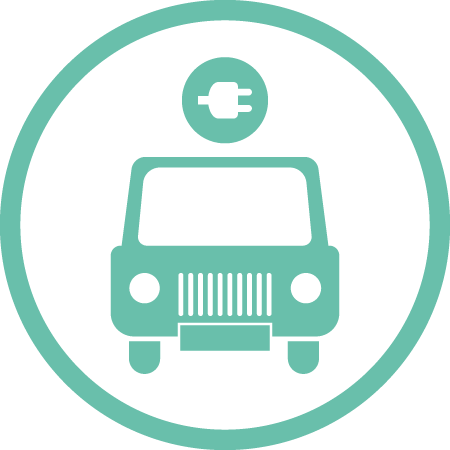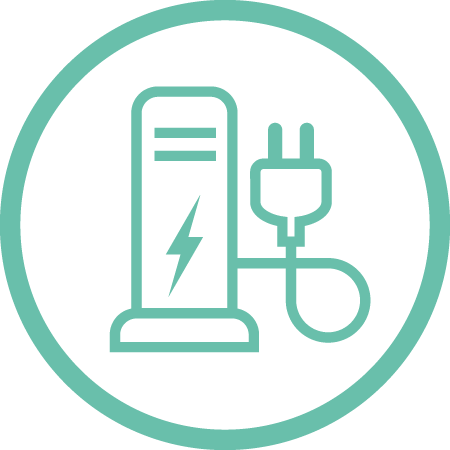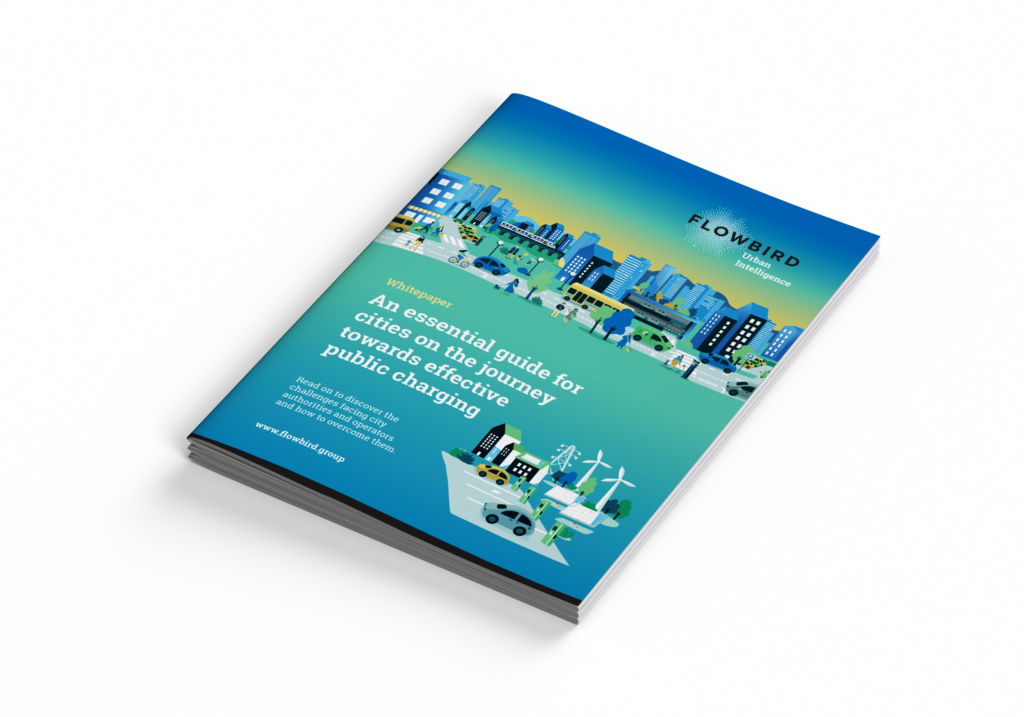Get our e-mobility whitepaper
Cities have a challenge: To make public EV charging as easy as refueling a petrol or diesel car, wherever you live or work.
Enabling EV drivers to power-up anywhere won’t happen overnight. This is a new, regulated area, and its complexity can become a barrier to success. Our latest whitepaper, ‘An essential guide for cities on the journey towards effective public charging’ explores the obstacles in the way of meeting government directives and user needs – and how to overcome them.






